SUMMARY
This is AI generated summarization, which may have errors. For context, always refer to the full article.
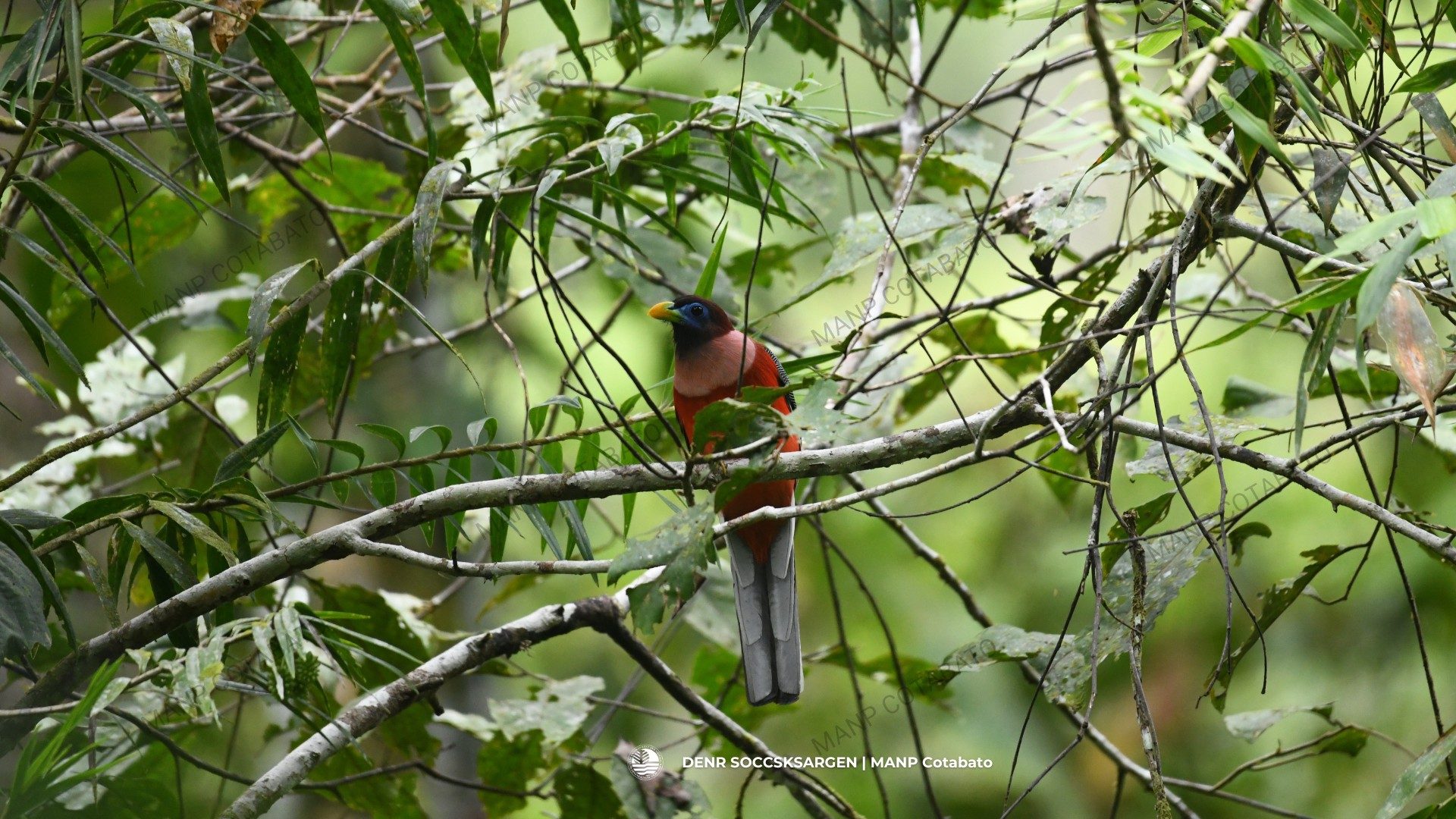
GENERAL SANTOS, Philippines – The Department of Environment and Natural Resources (DENR) in Soccsksargen has reported rare sightings of several wildlife species in forests around Mount Apo, the country’s tallest mountain.
Biodiversity monitoring teams found the Philippine trogons and two species of squirrels inhabiting the 80,864-hectare Mount Apo Natural Park (MANP) during week-long monitoring works at the park which has been closed to the public as a precaution to wildfires during El Niño-induced dry spells.
At least four Philippine trogons (Harpactes ardens) and two species of squirrels – the Philippine pygmy squirrel (Exilisciurus concinnus) and the Mindanao tree squirrel (Sundasciurus mindanensis) – were sighted and documented from April 22 to 27.
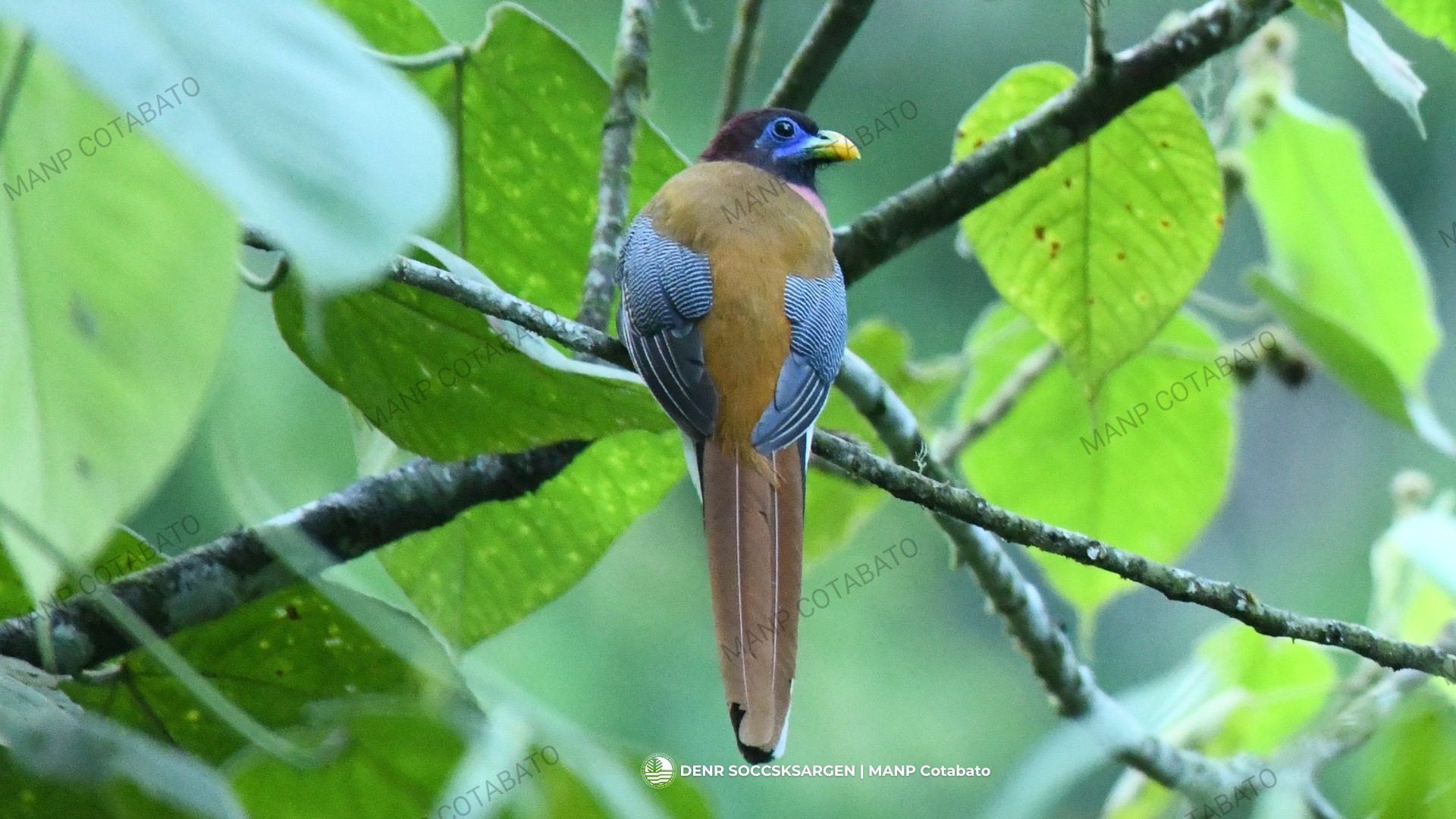
The monitoring mission was to determine if MANP’s forest ecosystems still have active ecological processes and remain to have appropriate habitats during the long dry spell, DENR Soccsksargen executive director Felix Alicer said on Saturday, May 4.
He said a close monitoring of MANP provides significant insight into the present condition of the park’s ecosystems and wildlife as it helps guide conservation efforts in habitat preferences and population trends of the various species in the park.
‘Ibong Adarna’
The chance encounter with the colorful Philippine trogon was the second since last year at the sprawling natural park that straddles portions of towns along the boundaries of Cotabato-Davao del Sur provinces, Alicer said.
The Philippine trogon, which local birders call the “Ibong Adarna,” after the mythical bird, is revered by the Obu Manuvu, the indigenous people that inhabit the highland fringes of Cotabato, Bukidnon, and Davao del Sur.
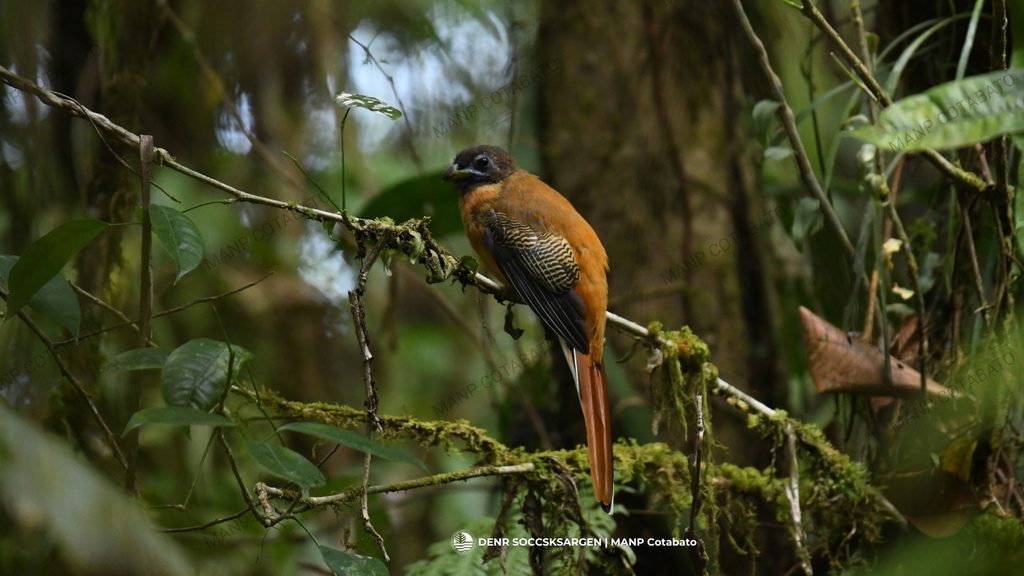
The Obu Manuvu call the bird “Arak,” as a symbol of their heritage which is linked to land and its environment, said Renny Boy Takyawan, an IP heritage advocate.
The “Arak” is the sole species of trogon that is endemic to the Philippines, a DENR briefer said.
Conservation efforts are guided by the ongoing monitoring of the trogon’s habitat preferences and population trends, providing significant insight into the present condition of the MANP’s ecosystems.
Mount Apo squirrels
The monitoring teams found and documented for the first time the Mindanao tree squirrel (Sundasciurus mindanensis) in the MANP vicinity, and the second sighting of the Philippine pygmy squirrel (Exilisciurus concinnus) since last year.
Their existence in MANP indicates that the park can sustain a variety of wildlife populations and points to useful conservation management practices in the area.
Like the trogon, the two endemic squirrel species were listed as species of least concern by the International Union for Conservation of Nature (IUCN), but their presence in MANP serves as a crucial reminder for people to preserve and safeguard the biodiversity and general well-being of the park, the MANP monitoring report said.
Alicer said the presence of the bird and squirrel species serves as an indicator of the overall ecosystem health of the natural park. Their sensitivity to habitat disturbances and environmental changes makes them valuable bioindicators, he said.
In March 2016, bush fires that burned day and night for almost two weeks razed more than 100 hectares of forest, prompting the government to shut the park from the public for about a year. – Rappler.com
Add a comment
How does this make you feel?
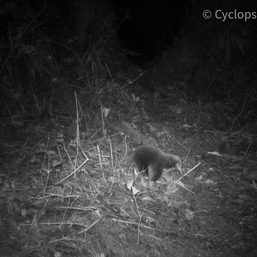

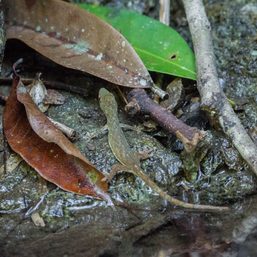




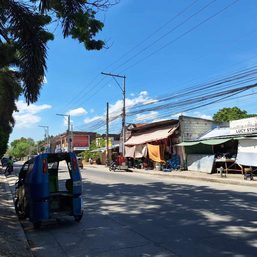
There are no comments yet. Add your comment to start the conversation.